Five Ancient Battles That Changed The World: Marathon
August 8, 2014 by crew
The seventh and sixth centuries BC were a transformative time for the Greeks. Their society transitioned from one of petty Homeric kingdoms to one based around strong city-states governed by elected magistrates. It was a turbulent process, however, and most Greek cities fell under the autocratic rule of a tyrant at one stage or another. Among the many that did was Athens, who experienced three separate periods of tyranny under Peisistratus. The first two were brief, but at the third attempt, Peisistratus captured the city in 546 and ruled it until his death. Power then passed to his sons; Hipparchus, who was murdered in 514, and Hippias, who was ousted by the Spartans in 510.
Three years later, wide ranging reforms designed to undermine aristocratic infighting created the world’s first known democracy. From this point on, all adult male Athenian citizens had a say in all the laws and policy decisions of the city. The result was a vibrant cultural and intellectual climate which over the course of the fifth and fourth centuries produced ground-breaking works of philosophy, literature, theatre, history, political theory, architecture, and oratory. The great cultural achievements of the Greeks were later received, absorbed, and built upon by the Romans, creating the Graeco-Roman heritage that laid the foundations for European civilisation. This is the first in a series of articles focusing on five battles which shaped and defined the Graeco-Roman world. The outcomes of these battles exerted an enormous influence on the course of history, and their effects continue to be felt to this day. We begin at the beginning, at the Battle of Marathon, in which an outnumbered Athenian army fought off the greatest power the world had yet seen.
The Battle Of Marathon
Between 553-540, the Persian king, Cyrus the Great, conquered all of the great empires of the Middle East. Among them was Lydia, situated in west-central Turkey. The Lydians had forced Ionian Greek settlements on the west coast of Turkey to pay tribute, and when Cyrus conquered Lydia, these Greeks became part of the Persian Empire. In an attempt to maintain control of such a vast empire, the Persian policy was to install friendly regimes in local areas. For the Ionians, this meant installing tyrants in their cities. One such tyrant was Aristagoras of Miletus, who, after a failed invasion of the island of Naxos left him in danger of being removed from his position, incited the Ionians to revolt against Persia in 499. The revolt was short-lived, and by 493 they were back under Persian rule. The Persian king, Darius the Great, then set his sights on the mainland Greeks, particularly the cities of Eretria and Athens who had both joined the revolt. The first attempt set out in 492, but the Persian fleet was destroyed in a storm.
Two years later they tried again. They reached Eretria and took the city after a siege which lasted seven days. From there they sailed on towards Athens. Amongst their number was Hippias, who had spent the preceding twenty years in exile. The Persians had intended to enforce their control of Athens by reinstalling Hippias as tyrant. Appropriately, and almost certainly not coincidentally, the Persian fleet landed at Marathon, where Hippias’ father had landed with his army half a century earlier.
When the Athenians heard that the Persians had landed, they raised as large an army as they could muster, calling on men above the fighting age and even freeing slaves to supplement their numbers. They sent out messengers, one to their ally Plataea, a small city just to the north, and one to the Spartans, who told the Athenians that they would not be able to come to their aid for at least ten days. The Athenian army, most likely numbering between 9-10,000 men and comprised primarily of hoplites, marched to Marathon to try and prevent the Persians from moving on Athens. Once they arrived, they were reinforced by a further 1000 hoplites from Plataea. They camped across the plain from the Persians, whose exact numbers are very difficult to determine. The earliest and best source for the battle is Herodotus, but he gives no information on the size of the Persian army.
Later sources provide enormously inflated numbers reaching as high as several hundred thousand. Based on the fleet size of 600 ships provided by Herodotus, an army of around 25,000 infantry and 1-2,000 cavalry seems reasonable. For five days, the two armies remained in their camps. The Athenians had no great incentive to fight. Their position prevented the Persian army from marching on Athens, and they knew that Spartan reinforcements would soon be arriving, which makes it all the more surprising that it was the Athenians who initiated the battle. It may have been the case that the Persians had embarked their cavalry and some of their infantry back onto the ships with the intention of sailing for Athens. The other possibility is that the Persians used their superior missile troops to force the Athenian army from its defensive position.
Whatever the reason, in September of 490, the two armies met. The Athenians countered the superior Persian numbers by thinning their line in the middle to ensure they would not be outflanked. The Persian army placed their elite infantry in the centre. On the flanks were archers ranked up behind infantry who formed a shieldwall with their large spara wicker shields. The Athenian army moved in until it reached the effective range of the Persian archers. From there it began an extended charge of 2-300 metres in which it weathered a hail of arrows until it reached the Persian line. The hoplites proved superior to the spara on the flanks, and eventually broke both of them. In between, the elite Persian infantry got the better of the weakened Athenian centre, but as they pushed the Athenians back, the now freed-up hoplites on the flanks fell upon them from both sides.
The Persians fled back to their ships and set sail for Athens, hoping to capture the city whilst the army was still in the field. Leaving a small force to occupy the plain, the rest of the Athenian army marched as fast as it could back to Athens, arriving just in time to deter the Persian fleet, which promptly sailed back home. Herodotus gives the Persian casualties at 6400, though the figure is likely inflated. The 192 Athenians that fell were given the unique honour of a battlefield burial. Their tumulus can still be seen at Marathon today. The men who defended Athens at Marathon, the marathonomachoi, became for the Athenians their own “greatest generation”.
Darius made plans for a third invasion attempt, but died before he could complete them. The baton was taken up by his son and successor, Xerxes. But even though Marathon was not the end of Persian interest in Greece, the victory there exerted a profound influence on the development of Athenian society. Had they been defeated, there would have been no Athenian navy to repel the Persians at Salamis, Sparta would have been isolated and alone, and Greece would have been easy pickings for Xerxes. There would have been no democracy, no Athenian Empire, at the very least there would have been fewer cultural achievements, and consequently many of the foundations of European civilisations would never have occurred.
Wargaming the Battle of Marathon
The uncertainty over the precise size of the Persian army at Marathon will cause some problems for anyone wanting to recreate it on the gaming table. This is compounded by our uncertainty over whether the Persians had embarked their cavalry and part of their infantry back onto their ships. Even if they had not, it’s worth noting that Herodotus makes no mention of Persian cavalry playing any role in the battle. Around 10-15% of the overall army should be elite infantry placed in the centre. If your system uses commanders then place the overall commander here also. These troops were Persians and Saka but use whatever elite infantry you have and your system allows. The rest should be split units of archers and sparabara, and these are placed equally to either side of the centre.
The Athenians had no cavalry and if they had any light infantry then they also are given no mention. Simply field their army entirely as hoplites. To recreate the thinning of the Athenian centre, I recommend dividing the line into thirds, and halving the depth of the middle third. For systems like Warhammer, this can be achieved by having units of four ranks on the flanks, and two ranks in the middle. Systems that model a battle line comprised of bases simply need to halve the depth of the Athenian middle. If you have an army general then place him on the right flank. The Plataeans should comprise around one-tenth of the overall numbers and they are placed on the far left.
All historical systems that handle these conflicts should already have the advantages of the Greek hoplite built into the rules so you shouldn’t need to account for them yourself. There should be around twice as many Persians as Greeks, but as long as the two lines are of equal width and the Athenian middle is shallow then that should be enough. There are two possible set ups, one has the sea behind the Persians with marshland to their right. The other has the sea to the left of the Persian line/right of the Greek line, with the marshland behind the Persian army. It’s impossible to be sure which represents the actual battle so either is fine. The coastline and marshland can be placed on the table, but the table edges will do the same job equally as well. No other terrain needs to be placed. If you do field Persian cavalry, they should be placed either side of the flanks if the sea is behind the Persian army, or only on the right flank if the sea is to the left.
I advise starting the battle with the Athenian army lined up at the edge of the Persian missile range as nothing of interest happened prior to this. For games that use small scale minis to allow for large scale battles this might mean the two armies begin very close to each other. This will only be a problem if it limits the Persian shooting too much. Figure out how fast you think a hoplite can run 2-300 metres, convert that into turns, then place the Athenian line sufficiently far back to allow the Persians that many turns of shooting before the close combat starts. Most systems severely limit the movement of hoplite formations if they move in anything other than a straight line. The likelihood is that when the Athenian flanks turned in on the Persian centre they did not maintain their formation. If your system doesn’t already do it, allow any hoplite unit that has pursued a broken enemy to abandon the formation and fight as a regular infantry unit instead.
Marathon is a battle which will involve very few tactics as all of these aspects were settled before the battle even started. If ploughing in and seeing what happens isn’t interesting enough for you then there are some ways in which you can play around with it. You could allow the Athenian player free reign to set up his smaller force in a different way to see what impact it would have had. The Persian rout, assuming it happens, could be played out to see how many Persians make it back to their ships, how quickly they get there, and how many Athenians die, with the victory condition being based on whether the Persians can get to Athens and take the city. You could also play the battle with and without the Persian cavalry, or with the sea behind the Persians and then to their flank, to see what difference it makes.
If you would like to write articles for Beasts of War then please contact me at [email protected] for more information!
"...which makes it all the more surprising that it was the Athenians who initiated the battle"
Supported by (Turn Off)
Supported by (Turn Off)
"The uncertainty over the precise size of the Persian army at Marathon will cause some problems for anyone wanting to recreate it on the gaming table"
Supported by (Turn Off)
































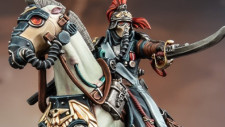

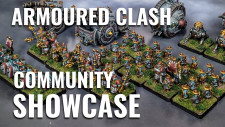






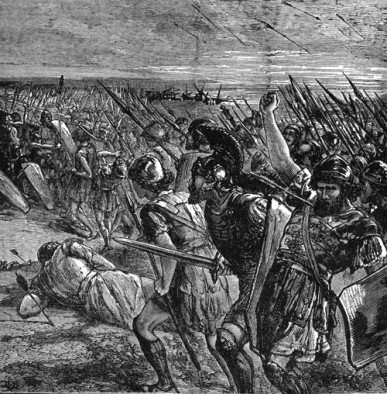
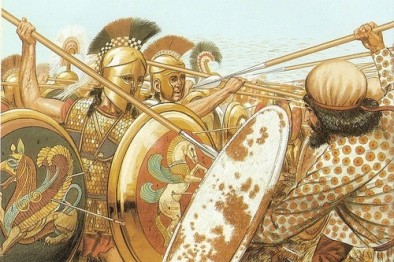



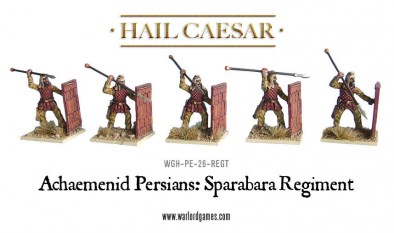
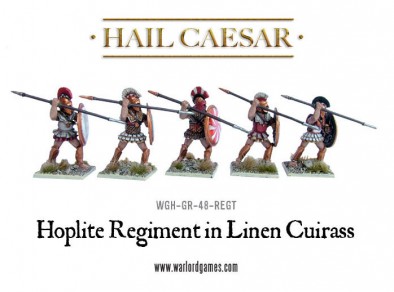
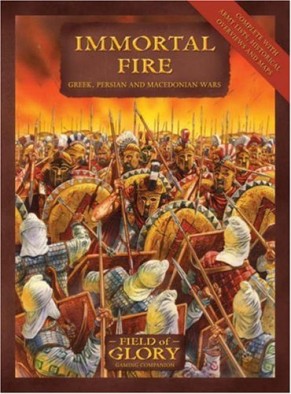
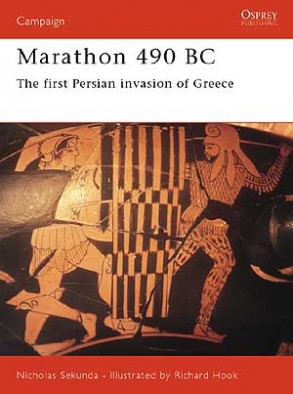


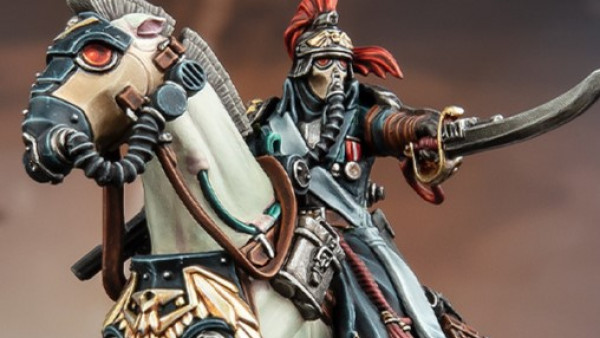
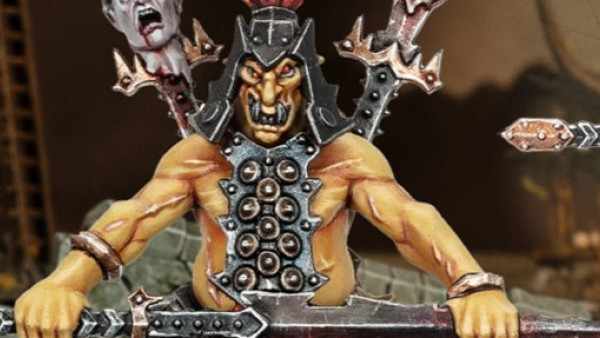
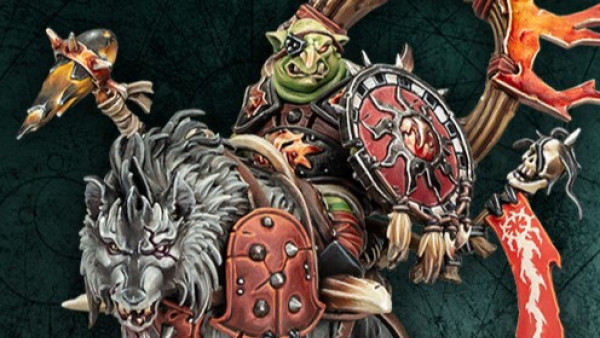
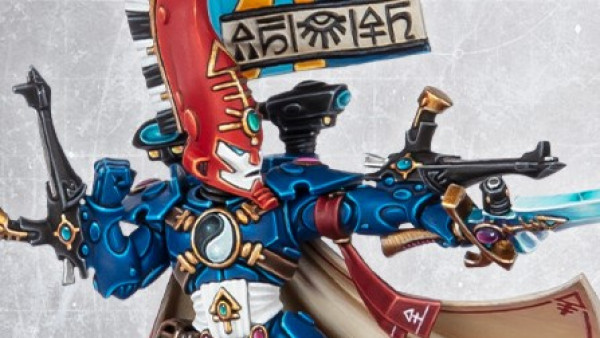
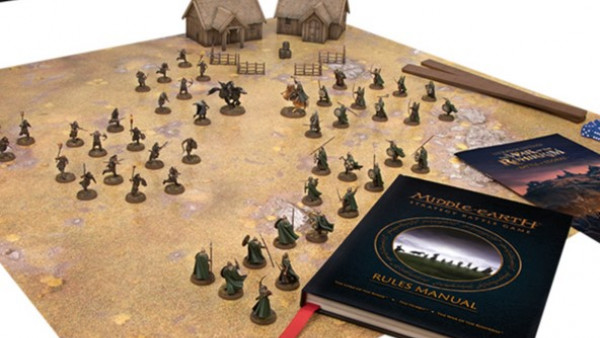



























How did you get through an article about the battle of Marathon without mentioning Pheidippides and the Marathon??? Not even a token mention.
Otherwise a nice article
http://en.wikipedia.org/wiki/Pheidippides
Simply because of space. The article is already very long so a number of things I would like to have covered had to be omitted.
Limiting yourself to the available space in these articles is . . . for anyone who’s wondering . . . very difficult. Kudos to @redben for a great, well-written, and informative article! But you always wind up having to leave something out, so kudos to @onlyonepinman for bringing it up 🙂 (In the post replies, the author gets to discuss everything he or she couldn’t fit in the article! 🙂 )
Sorry, I wasn’t aware you had space constraints or word count limits.
No need to apologise 😀
Fantastic article. It’s peculiar how many major events have been determined by some seemingly unconnected decision long ago or far away. Some might say it is a manifestation of Chaos Theory.
My interest in the Greek period came from reading the Illiad and The Odyssey a very long time ago.
A very interesting and informative article dimly remember Greece history from school don’t know if it was me or the teacher but Greece/Roman history just didn’t stick for me articles like this may change that.
Nice article very informative
though I do remember reading many years ago that historians thought that Pheidippides run was a myth as the first mention of it was some 600-700 years later after the battle and that was written by a Greek was a satirist
Herodotus tells a story of Pheidippides running to Sparta to request their help and then running back with their message. He would have been writing around 50-60 years after the battle. He mentions it in the context of a shrine to Pan that was present in Athens in his own day. It’s typical of Herodotus to relate stories associated with how certain objects came to be where they are. It’s Lucien of Samosata who gives an account of the herald running from Marathon to Athens to announce the victory, which then became muddled up with the story of Pheidippides, and… Read more »
Yeah that all sounds kinda familiar…It was a long time ago when I read about it
Very well done, Ben; I really enjoyed this article. I liked that you put a lot of the history into this work, so many of these articles just skim the surface of events; they become like hollow bowls, nice to view but rather useless when you’re hungry. As a wargammer, I particularly like the attention you paid to the start of the battle, how to simulate the extended charge, as well as the notes on how to modify the scenario for interest and variance. I’m really looking forward to the rest of this series! (aside from, presumably, Thermopylae – I’m… Read more »
First of all I can assure you that there will be no Thermopylae. As a battle it had little actual effect on the outcome of Xerxes’ invasion. Dealing with the larger point. One thing I hoped didn’t come across, though again space was an issue, was the claim that the Western tradition was in any way better because of the victories over Persia. It certainly used to be seen that way though thankfully not as much anymore. I do 100% believe that had Athens not been victorious at Marathon then things would definitely have been different. The victories Athens achieved… Read more »
*civilisation
Sorry, I feel like I might have implied that your views were euro-centric; not so, and I apologize if I came across like that. I think you are right, the battle changed history, more so than a simple land transference – and I agree, the fifth and fourth centuries would be a completely different time. Yes, in the argument of there being no democracy if the persians rule, I think that’s too eurocentric, but I know that’s not what you’re saying. I am, perhaps, less confident in the frailty of history… I am given pause for speculation about the 1st… Read more »
That was a really good read. Anyone else drawing up a mental list of the other four battles that might feature in Ben’s series ?
Gaugamela would be a candidate …
Well I would have the Battle of Tours/Poitiers but I am not sure if that would count as ancient, maybe Actium, maybe Pydna and maybe Siler River and again maybe Salamis, but everyone is going to have a different opinion
My list definitely isn’t intended to be exhaustive, and there will be important battles I don’t cover. Tours is a little late for the period that I’m looking at, but I’m very happy to hand the baton over when I’m doing if someone wants to take us into the Medieval period 🙂
I’m thinking Teutoburg forest for one and I wouldn’t mind betting Alexander the Great is going to put in an appearance somewhere.
and maybe something between Carthage and Rome
Well written, engaging article – provide not only great detail and a wargaming focus but also placing the battle in a historic perspective.
Great article! I look forward to the rest. Thank you.
I like the history lesson , but as a war gamer with very little knowledge of that era , I would like a short review of the different game systems available for the different times in history ? . also maybe linked to the 5 levels of war gaming.
Nice idea but I think that would end up as a very long list even just for the ancient period
As torros says, there is a bit of a bottomless pit of systems lol. To do it justice would probably require a lot of contributors to be able to adequately cover even the main ones. The most popular systems for this period tend to be ones that cover all warfare from the dawn of civilisation to around 1500 AD. Games such as Warhammer Ancient Battles, Hail Caesar, Field of Glory, DBM, War & Conquest, Impetus, Clash of Empires and so on. My preference for 28mm is God of Ancient Battles, which unfortunately has not yet been released, then probably War… Read more »
Thank you to everyone who read the article and to everyone who left comments :).
Ben, you’re article is very informative. You hit major points that I think everyone should know about. This was not meant as an in depth scholarly article but, an informative piece to get people to think about how certain events helped create others. A good read Ben.